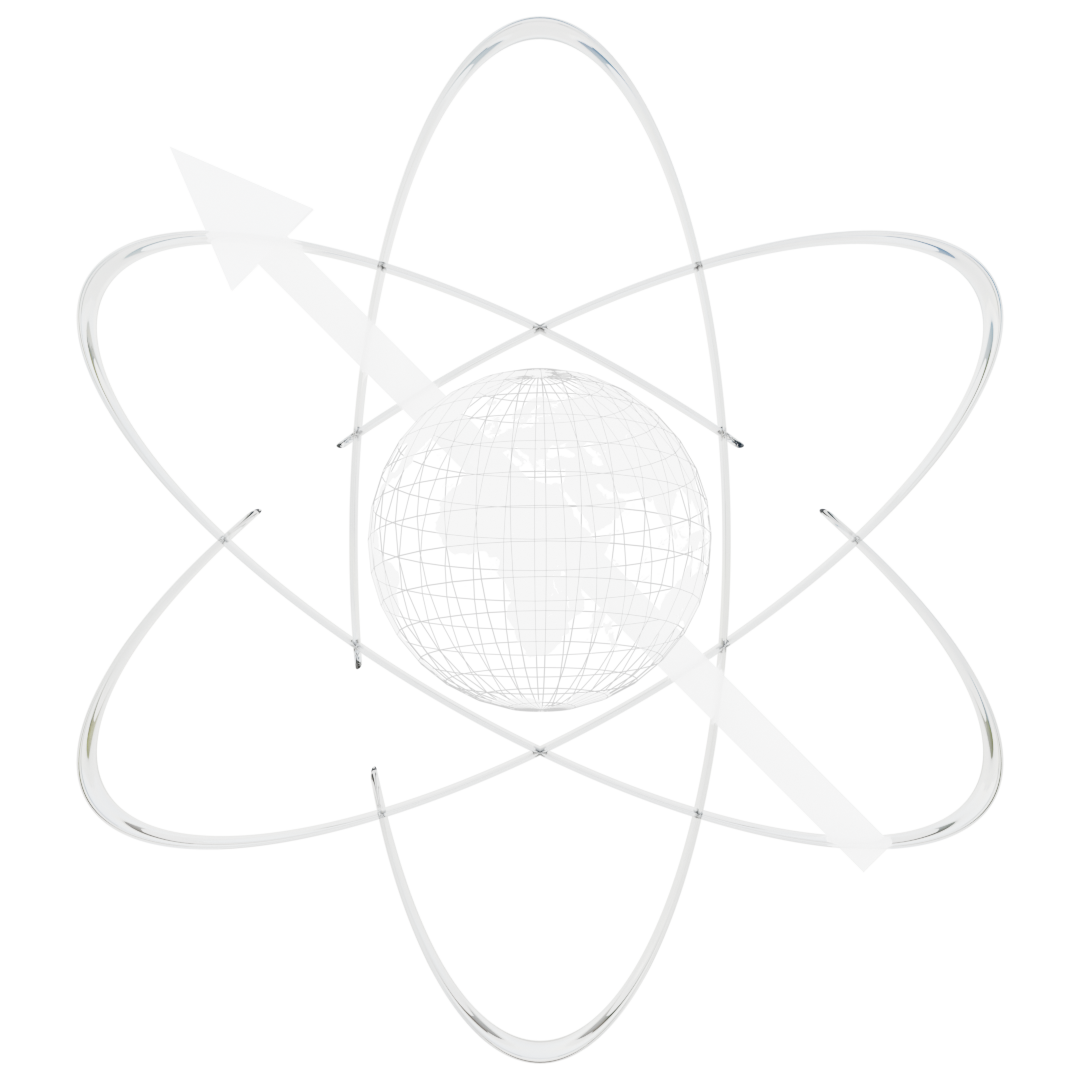Florin Teleanu (New York University, United States)
LinkedIn: @Florin Teleanu; X: @teleanuflorin; BlueSky: @teleanuflorin.bsky.social
Abstract: Intermolecular dipolar interactions between nuclear spins residing on different ions is used to map spatial proximities in ionic liquids. This study investigates how temperature impacts the observed polarization transfer among ions in different molecular shells. We provide a detailed explanation of measured intermolecular cross-relaxation rates in two ionic liquids using molecular dynamics simulations.
-
Thank you for the presentation. Do you use a special experimental setup to run the 1H-19F NMR experiments?
-
Hi, Jonas. Thanks for the question. There’s nothing special about our experimental setup. Just a standard BBO probe to pulse simultaneously on 1H and 19F channels.
-
-
Hi Florin, thank you for this interesting presentation! Can this technique be used to measure local solvent dynamics and local viscosity around larger molecules, which may have more complicated interactions with the solvent?
-
Hi, Blake. Great question! Indeed, we expect averaged bulk properties to be different than the ones in the first solvation shell, similar to how water strongly binds to solvated cations. There are two aspects that change across shells: the correlation time and the radial distribution function. The correlation time scales quadratically as you go further away (see slide 5) and RDF has several maxima. However, molecules are constantly changing shells (and rotational tumbling regime) so it seems quite difficult to quantify each shell’s contribution at a given time, though we have been thinking if there’s a way to deconvolute the observed cross-relaxation rates to different shells’ averaged contributions (like a Voronoi tessellation) at different temperatures, which would be quite informative. Alternatively, we can use a simple model for the intermolecular dipolar coupling that doesn’t take strong binding into account and predict the temperature dependency of the cross relaxation rate and see how much it deviates from MD simulations and experiments. Another approach would be to use 11B/10B quadrupolar interactions with the first solvation shells to span local dynamics which we have already done (https://papers.ssrn.com/sol3/papers.cfm?abstract_id=5355636), but with no clear multiple quantum coherences. For now, a simple way would be to have a very reliable force field that predicts many basic (density, bulk viscosity, bulk diffusion) and more complex (auto- and cross-relaxation rates for intra- and intermolecular interactions) and then rely on the FF predictions to get the local descriptors you want. Still, your question is very interesting and I think a clear answer could be provided only if we manage to develop something like a pulse sequence to separate each shell’s contribution to the observed rate.
-

Leave a Reply